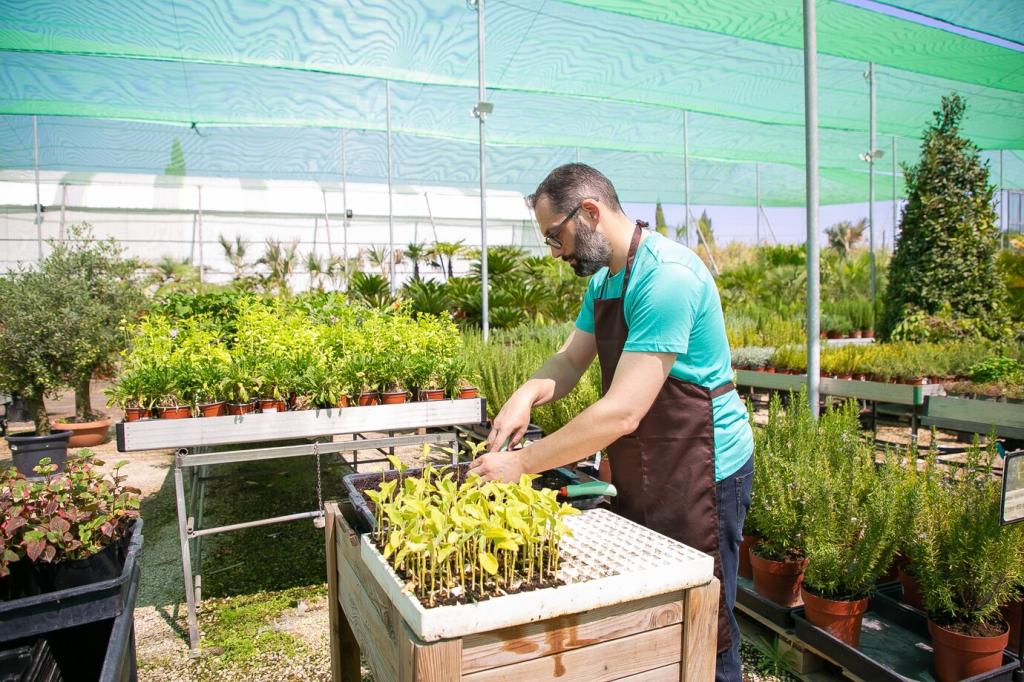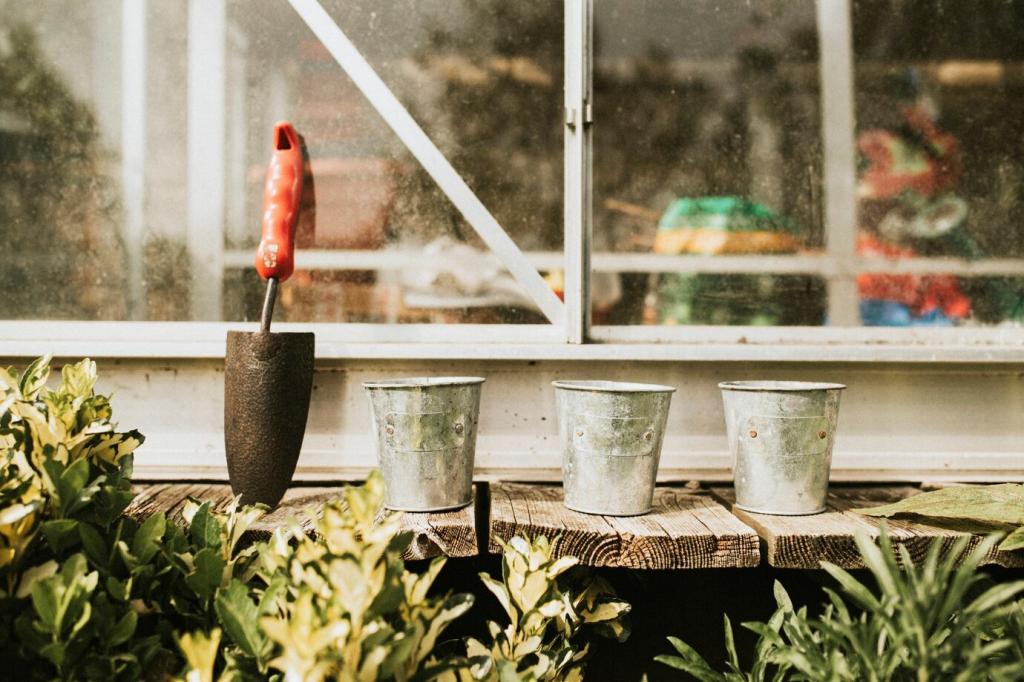
DIY Indoor Herb Gardens for Kitchens
Creating an indoor herb garden for your kitchen is not only a practical way to have fresh ingredients at your fingertips but it also brings a refreshing touch of greenery into your home. Whether you have a spacious kitchen or a cozy corner, cultivating herbs indoors can be both simple and rewarding. With a little creativity and care, you can transform a small area into a vibrant, living pantry that enhances your cooking and decor. In this guide, discover the essentials for starting, maintaining, and enjoying your own DIY indoor herb garden, tailored to fit any kitchen lifestyle.

Assessing Natural Light
Natural light is a key factor in the success of your indoor herbs. Most culinary herbs require at least six hours of sunlight daily, so choosing a windowsill or countertop near a south or southwest-facing window is ideal. Observe the way light moves through your kitchen over the course of the day to make sure your selected spot receives consistent exposure. If sunlight is limited, consider supplemental grow lights to provide the necessary energy for your herbs to flourish.

Considering Temperature and Humidity
Herbs generally prefer temperatures between 60 and 70 degrees Fahrenheit, which aligns well with most kitchen environments. However, watch for drafts near windows and doors, as extreme temperature fluctuations can stress the plants. Kitchens can also be more humid than other rooms, especially when cooking, so be mindful of proper air circulation to prevent mold and fungal issues. Keeping your herbs away from direct exposure to heat sources like ovens or stoves will help them stay healthy.
Selecting Herbs for Your Kitchen
Popular Kitchen-Friendly Herbs
Some herbs are particularly well-suited to indoor environments because of their compact size and adaptability. Basil, parsley, chives, mint, oregano, and thyme are all excellent choices that require minimal maintenance and offer versatile culinary uses. Each herb brings its own flavors and aromas to the kitchen, enhancing dishes from salads to soups, and providing inspiration to try new recipes.
Considering Growth Habits
Different herbs have different growing requirements and habits, which should influence your selection. For example, basil and mint tend to grow bushy and can be pinched back regularly, while parsley and chives grow in neat clumps ideal for containers. Consider grouping herbs with similar water, light, and soil needs together to make maintenance simpler and promote healthy growth across your garden.
Personalizing Your Garden
Tailoring your herb selection to your cooking style and tastes ensures that your indoor garden feels genuinely personal. If you enjoy Italian cuisine, oregano and basil will be indispensable. Fans of Asian dishes might prefer cilantro and Thai basil. Not only does this make your herb garden more useful, but it can also be a fun way to experiment with new flavors and expand your culinary horizons just a few feet from your stovetop.
Previous
Next
